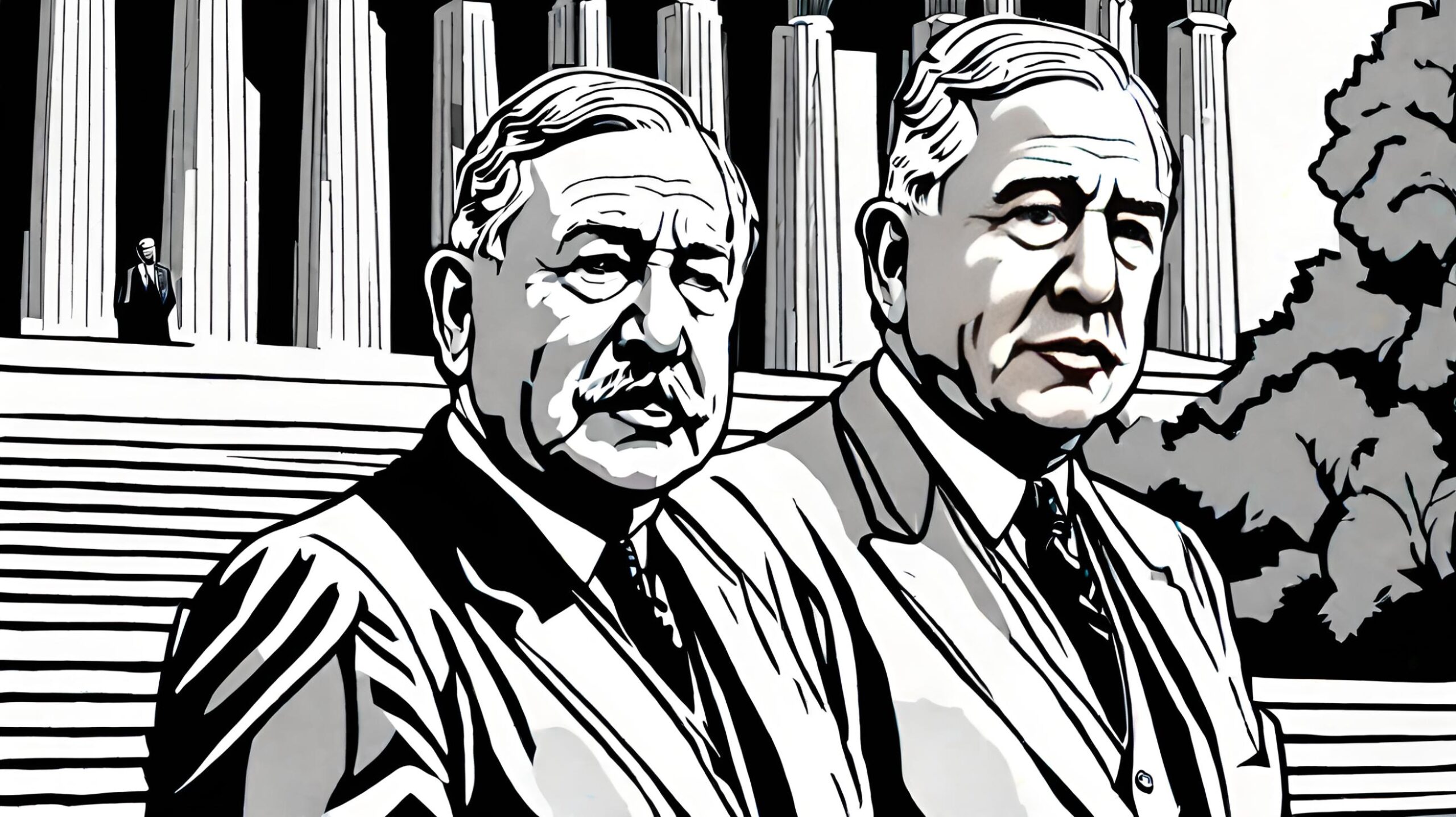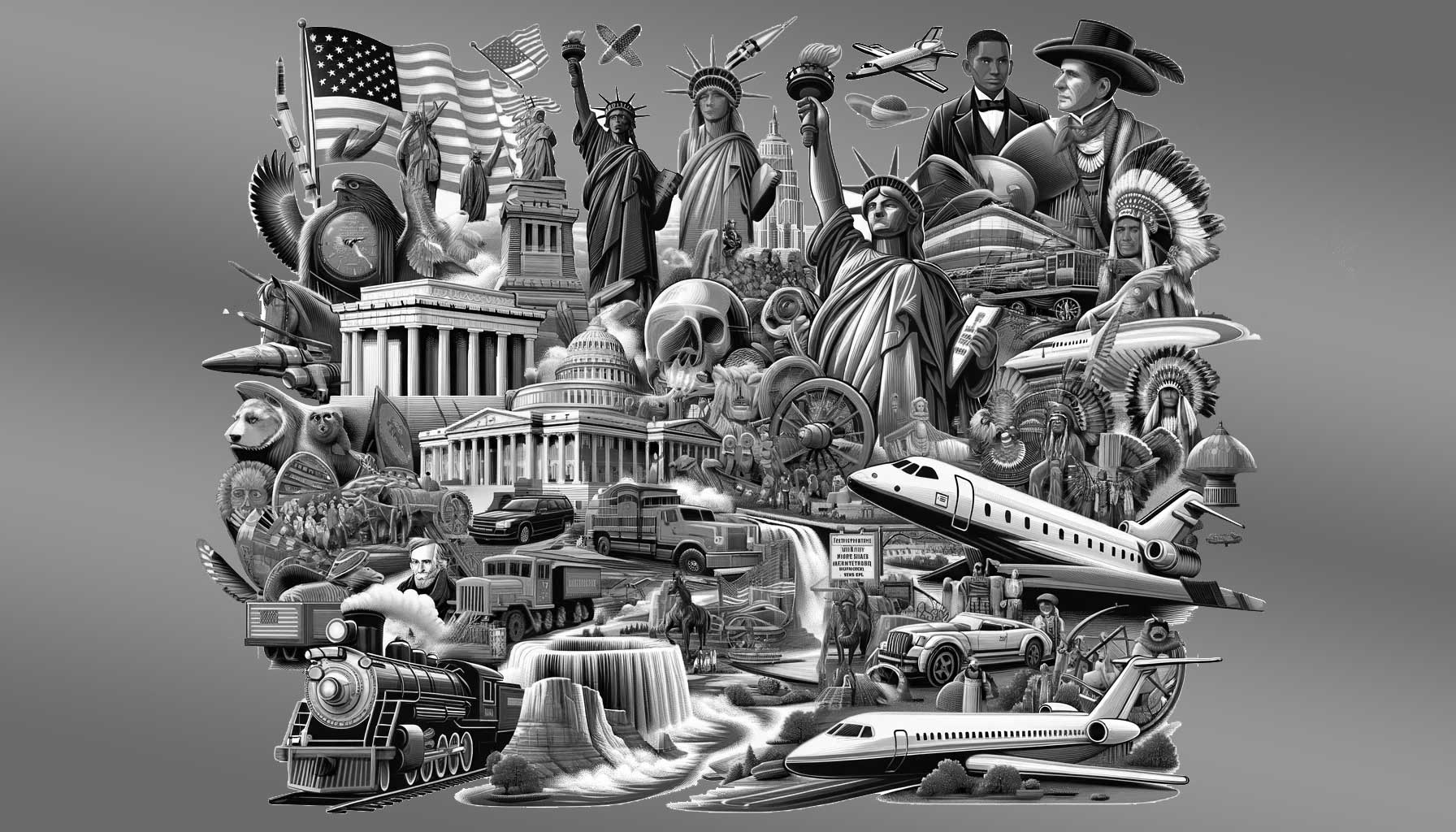Flashback to October 22
American History

The Lincoln Memorial, an iconic landmark set proudly in the heart of the United States’ capital, was dedicated to the memory of the 16th President, Abraham Lincoln, on May 30, 1922. The dedication of this incredible structure after eight years of laborious construction marked a crucial point in American history. This memorable event was a tribute to a man who strived relentlessly for unity and equality during tumultuous times.
Standing tall at the western end of the National Mall in Washington D.C., the Lincoln Memorial is a beacon for those in pursuit of the American Dream, highlighting the principles of democracy and human rights – values embodied by Lincoln himself. His steadfast commitment to these ideals helped shape the United States into a nation that upholds equality, justice, and freedom.
Abraham Lincoln, a powerful orator and prolific leader, tirelessly advocated for emancipation during his tenure as the President of the United States between 1861 and 1865. His steadfast resolve eventually culminated in the abolition of slavery through the passing of the 13th Amendment. Lincoln’s vision of equality and unity was eternally imprinted on the nation, most notably via the immortal words of his Gettysburg Address. The Lincoln Memorial, dedicated to this noble cause, includes his speeches inscribed on its walls, as a constant reminder of his visions and values.
Posthumously, these ideals were not forgotten, but emphasized and amplified in the construction and dedication of the Lincoln Memorial. Designed by architect Henry Bacon and built under the supervision of civil engineer Lieutenant Colonel William A. Starrett, the memorial is a physical representation of the democratic principles Lincoln stood for, resembling a classic Greek temple and embodying the idea of a united nation.
The dedication of the Lincoln Memorial in 1922 was a grand affair, with around 50,000 people gathered to witness this historic occasion. Among those present were President Warren G. Harding and Chief Justice of the Supreme Court William H. Taft, indicating the importance of this event at the national level. The ceremony was marked by speeches that reinforced Lincoln’s commitment to unity and equality, with keynote addresses by President Harding and Robert Moton, then the principal of the Tuskegee Institute – an establishment focused on African American education. This dedication event symbolized a shared commitment among Americans to foster unity and recognize the democratic values Lincoln stood for.
The Lincoln Memorial, following its dedication in 1922, has been at the forefront of significant events that continue to shape American democracy. The structure has since served as the backdrop of numerous demonstrations, speeches, and protests – many of which mirror Lincoln’s fight for equality. Most memorable among these was Martin Luther King Jr.’s “I Have a Dream” speech during the 1963 March on Washington, which underscored Lincoln’s timeless importance and the implications of his actions.
Since the dedication of the Lincoln Memorial in 1922, the monument holds a deep resonance for millions of people, both domestically and globally. Its design, symbolism, and historical significance continue to make an impact, turning it into a destination for visitors from around the world, striving to understand and appreciate the ideals Lincoln espoused. Even long after its dedication, this American monument stands as a testament to the undying legacy of Abraham Lincoln – a legacy centered on unity, equality, and the persevering spirit of the American Dream.
The dedication of the Lincoln Memorial is not just a commemoration of the completion of a monument; it is the celebration of a vision shaped by Abraham Lincoln – a vision of a united, equal America. The memorial, through its stunning architectural design and historical significance, encapsulates the essence of Lincoln’s power and the enduring impact of his vision. It underscores an integral facet of American history, symbolizing the country’s commitment to uphold the values Lincoln diligently strived to establish.
We strive for accuracy. If you see something that doesn't look right, click here to contact us!
Sponsored Content

First commercial flight from…
"Experience the remarkable milestone…

In a televised speech,…
In his televised address…

3000 blacks demonstrate and…
On October 22, 1906,…

225,000 students boycott Chicago…
In a historic event…

American Professional Air Traffic…
On October 22, 1981,…

In Southeast Oklahoma, a…
Experiencing a historical seismic…

